Last updated on March 14, 2024
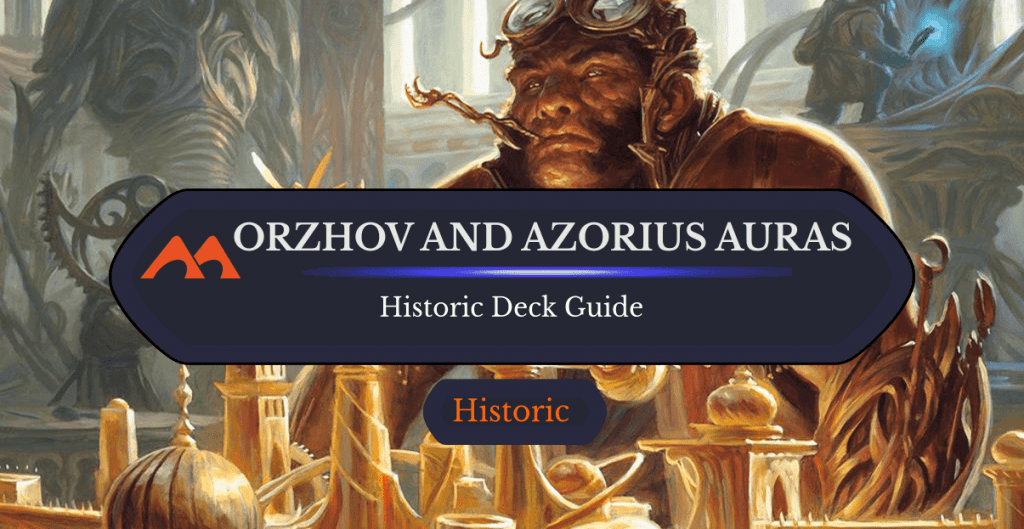
Sram, Senior Edificer | Illustration by Chris Rahn
The Historic metagame has changed over time as new expansions get introduced, and it's also impacted when ban announcements are made. With the power creep in recent years, surprisingly few cards are actually playable in Historic. That doesn't stop us from glancing over the very top cards available, though.
One such card is Sram, Senior Edificer. Sram has racked up an amazing quantity of wins over in Pioneer. If you’re a fan of Azorius Auras in Historic, have dabbled with some Bogles in Modern, or like making huge buffed up creatures in general, this deck tech is for you.
Let’s jump right on in.
The Decks

Alseid of Life's Bounty | Illustration by Magali Villeneuve
There are two routes we can take here: Orzhov and Azorius. The former builds around Hateful Eidolon and focuses on removal auras. The latter focuses on card draw and lifegain auras. Whichever style you prefer, Sram has your back.
Both lists are very viable in BO1. Orzhov is likely the overall stronger of the two builds, especially in BO3. It has better sideboard options in the current meta. Regardless, I’m going to leave you with both decklists to play around with.
Orzhov
Companion (1)
Creature (8)
Kor Spiritdancer x4
Sram, Senior Edificer x4
Sorcery (9)
Inquisition of Kozilek x2
Thoughtseize x4
Agadeem's Awakening
Claim // Fame x2
Enchantment (23)
Cartouche of Solidarity x4
Sentinel's Eyes x4
Demonic Vigor x3
Kaya's Ghostform x4
Angelic Gift x2
Heliod's Punishment x2
Rune of Sustenance x2
Mire's Grasp x2
Land (20)
Blood Crypt
Brightclimb Pathway x4
Concealed Courtyard x4
Godless Shrine x4
Isolated Chapel x2
Plains x2
Sacred Foundry
Swamp x2
Sideboard (13)
Hushbringer x3
Duress x3
Legion's End x2
Go Blank
Dead Weight x2
Heliod's Punishment
Mire's Grasp
Azorius
Companion (1)
Creature (15)
Selfless Savior x4
Adanto Vanguard x3
Kor Spiritdancer x4
Sram, Senior Edificer x4
Instant (5)
Karametra's Blessing x2
Spell Pierce x3
Enchantment (19)
Cartouche of Solidarity x3
Sentinel's Eyes x4
Arcane Flight x4
Curious Obsession x2
Heliod's Punishment
Staggering Insight x4
Aether Tunnel
Land (21)
Glacial Fortress x4
Hallowed Fountain x4
Hengegate Pathway x4
Island x2
Plains x7
Sideboard (13)
Apostle of Purifying Light x3
Cerulean Drake x2
Fragmentize
Declaration in Stone
Dovin's Veto x4
Heliod's Punishment x2
The Strategy
This deck’s strategy is simple: stack as many aura enchantments on a creature as possible, draw a ton of cards from Sram, Senior Edificer or Kor Spiritdancer on the battlefield, and then attack for vast amounts of damage.
In some cases, you can win the game as early as turn 3 by making your creatures absolutely huge. All thanks to the fantastic synergy and engines built into this deck!
The Draw Engine

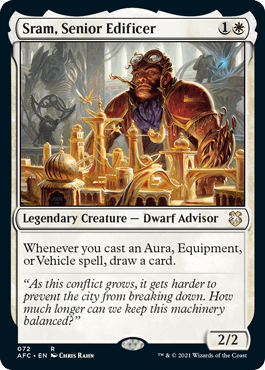
Kor Spiritdancer and Sram, Senior Edificer are the two stars of the deck. They both have significant effects. Namely, you get to draw a card whenever you cast an Aura spell.
This means that if you can land either one on the battlefield and start spamming your low mana auras on the board, every single one of those cards will be a cantrip. Even more so, you’ll net a massive amount of card advantage and will likely bury your opponent in the value you’re generating if you manage to get two of these on the board.
Kor Spiritdancer is technically a better version of Sram, because you get +2/+2 for each aura attached to it on top of the card draw. One of the main issues with Azorius Auras used to be that you pretty much needed a Spiritdancer in hand to get your engine rolling. Still, you’re now effectively doubling this number in your deck with Sram. Statistically, it’s improbable to not find at least one of this duo in your opening hand or after a mulligan.
This leads us to a significant benefit of this deck: you draw cards. You draw a lot of cards. You draw so many cards that sometimes you won't even know what to do with them. A mulligan to five is actually not bad with a deck like this. You can easily keep two lands in hand because the odds of not drawing a third land are abysmally small.
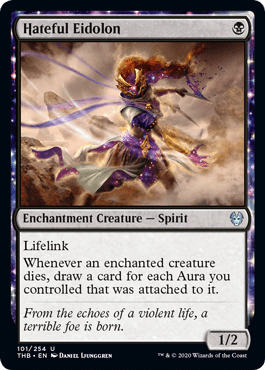
On top of all this, if you end up using the Orzhov version of the deck, you also have access to the monstrous Hateful Eidolon. It’s excellent because you have the option to run some removal auras like Mire's Grasp in Orzhov. Each time you put a -X/-X removal on your opponent's creature and it dies, it counts to draw a card for each aura attached to it that you controlled.
This works particularly well if you have both the Eidolon and Lurrus of the Dream-Den on the field, because you get to re-use removal auras from the graveyard to draw. Orzhov is best suited for the BO3 metagame because it doesn't bend over to removal like Azorius does. In a metagame where removal is king thanks to Jund Food and Rakdos Arcanist archetypes, being resilient is a must.
The Auras
There are lots of auras in this deck. There’s no point going through all of them one by one since they all serve a similar function: giving your creature a +X/+X bonus and, sometimes, additional keywords like flying or vigilance. In Orzhov’s case, you’re also removing opponent creatures with auras.
For a long time, the main aura you wanted on the battlefield as soon as possible was All That Glitters. This aura's absence in these lists is thanks to the previously mentioned meta changes. These decks now opt to secure the victory slowly with the protection package we're about to cover.
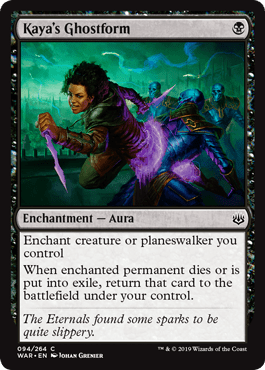
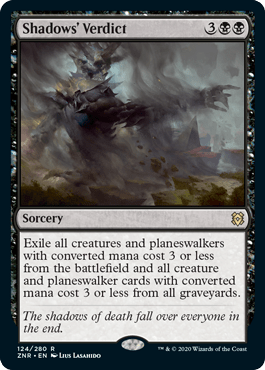
The signature aura for Orhzov is Kaya's Ghostform, which protects your key cards from almost everything, even board wipes like Extinction Event and Shadows' Verdict. Azorius' signature aura is Staggering Insight, a card that gives you an advantage every time you hit your opponent.
Given the nature of Azorius Auras, this deck is the one that's currently best suited for the BO1 meta, and I'd make some room for All That Glitters in this one. Still, these builds are based on the Challenger Gauntlet approach, and they decided to exclude it because of Jund Food's domination and, more importantly, it was a BO3 tournament.
Self-Protection and the Backup Plans
Since we capitalize on casting low mana cost auras to get as many on our creatures as possible, we obviously want to make sure we don't get janked out by decks that just kill them. It's usually relatively straightforward against mono red or green matchups because you just make sure your creature is so giant that they can't deal enough damage to kill it.
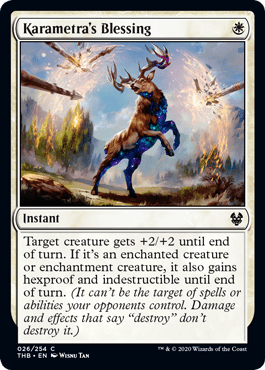


Against white and black decks, though, targeted removal can be annoying. We run four copies each of Karametra's Blessing, Selfless Savior, and Lurrus of the Dream-Den as back-up engines because of this to bring stuff back from the graveyard. The first two cards are especially fantastic.
The Blessing gives a creature +2/+2, which is excellent to counter a Shock but, on top of that, the targeted creature gains hexproof and indestructible if they’re an enchantment creature or have an enchantment attached to it.
The Savior, on the other hand, can sacrifice itself to give a target creature indestructible, forcing your opponent to use removal on the little dog before dealing with your more threatening creatures.
Both can also be used as combat tricks to block and destroy your opponent's creature, sometimes even blocking something like a 5/5 with Embercleave. There are still going to be some situations where your opponent simply seems to have it all, though, removing all your creatures before you can set up proper protection. Lurrus of the Dream-Den is crucial in such cases. This card lets you bring your creatures as well as your enchantments back from the graveyard, even if it’s only one per turn.
If set up correctly, you can use things like Selfless Savior to protect Lurrus each turn. You won't generally need it much, but it’s precious in games where you do get to cast it.
Azorius Vs. Orzhov Benefits
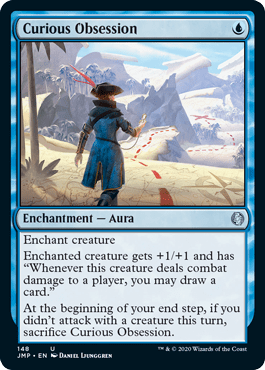
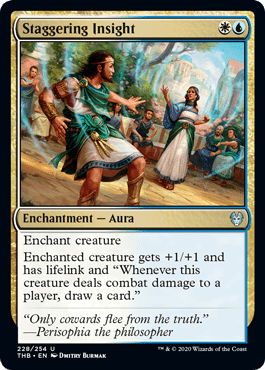
The great thing about the Azorius list is that it has access to Curious Obsession and Staggering Insight. These both buff your creature and give them an ability to draw cards when you deal combat damage. This helps constantly refill your hand and make Sram and Spiritdancer’s draw engine even stronger.


Orzhov, on the other hand, has Hateful Eidolon and Mire's Grasp. You’ll be able to draw cards whenever you remove a creature with one of your auras thanks to your Eidolon, but it can also serve as a fail-safe. You get to draw a new card for each aura you lose on a creature when it dies. You’ll usually be able to refill your hand and get your combo rolling again.
Both versions have their merits. Azorius seems to offer the most card draw potential overall. Staggering Insight’s lifelink plus access to flying thanks to Arcane Flight helps Azorius be more evasive. I like that Orzhov has a bit more flexibility, being able to play a tiny removal plan with the Mire's Grasp copies. This is a matter of taste, but Orzhov fits the aura theme much better than Azorius.
The main difference is that Orzhov can deal with your opponent's threats more easily thanks to Thoughtseize and Inquisition of Kozilek. Discarding your opponent's key removal is crucial, and you get to craft your next couple of turns with the info you get on top of that. This is why the Orzhov version is more robust. It packs both protection and discard effects to ensure your opponent can't interact with your big creatures.
Rules of the Mulligan
The mulligan decision has only two rules, and they both start with “your hand…”
- … has Sram, Senior Edificer or Kor Spiritdancer.
- … has a few cheap auras to cast to start your draw engine with Sram and Spiritdancer.
Obviously, you also need at least two lands to start casting stuff. In a perfect case scenario, you manage to get one of the above with some protection like Karametra's Blessing.
Sideboarding

Kor Spiritdancer | Illustration by Scott Chou
This deck doesn't rely on sideboarding much since it’s extremely fast paced, but there are a couple of great options to strengthen our strategy. The sideboard falls into three categories:
- More creature removal
- Counterspells and self-protection
- Combo-stoppers
The hardest decks to face are those that continuously try to board wipe or remove your creatures from the board. Because of this, we have three copies of Spell Pierce. This excellent 1-mana spell can usually counter an on-curve board wipe, buying us a crucial turn to finish the game. Dive Down is another card that can be used as targeted protection of your creatures, giving it hexproof and extra toughness for a turn.
Hushbringer and Grafdigger's Cage are both great tech against combo decks that either use enter the battlefield triggers or graveyard shenanigans. Sadly, because our aura engine is so compact, there isn't much space to actually bring these in. They’ll usually take a Sentinel's Eyes slot.
The rest of the sideboard is pretty situational, giving us various options like Aether Gust to stop red or green decks from combo-ing. Stern Dismissal as a cheap bounce spell for a creature or enchantment to attack in and close out the game. Giant Killer as a removal spell for big creatures doubling as a 1-drop to stack some auras onto. And finally, more copies of Heliod's Punishment can temporarily shut off an opponent's creature for a few turns.
Tips and Tricks
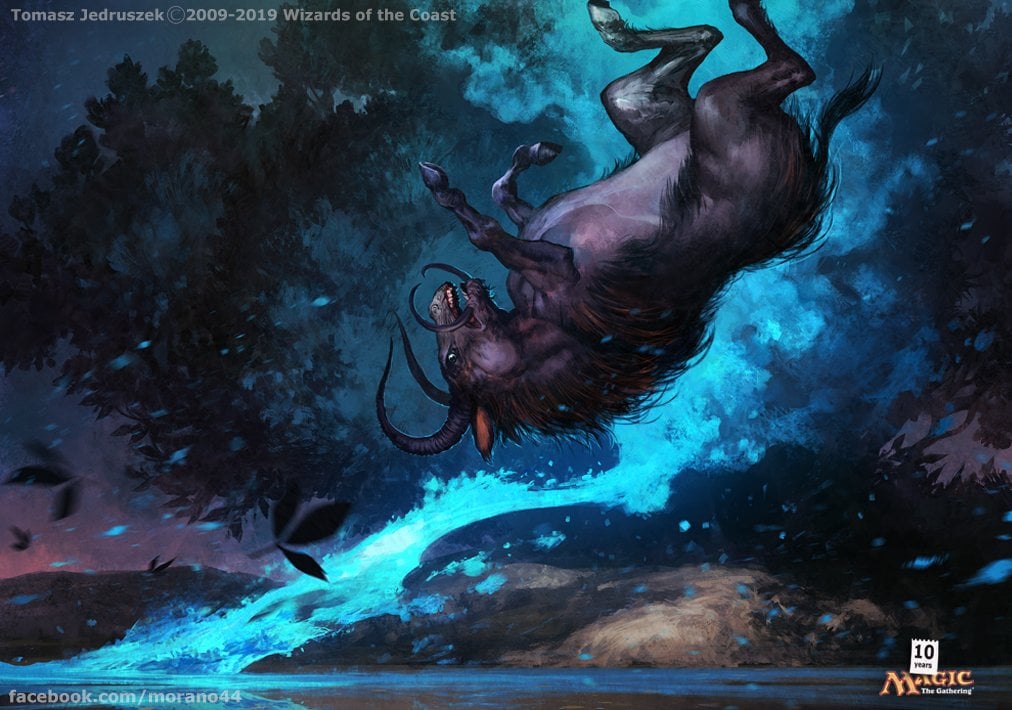
Aether Gust | Illustration by Tomasz Jedruszek
This deck is full of intricate tricks. I like to keep an Alseid of Life's Bounty hidden in my hand when I have lethal for the following turn with one creature ready. I then let my opponent set up their board and blockers. When my turn rolls around, I cast Alseid and give my creature protection from a shared color among the opponent’s creature and attack in for lethal that way. Of course, this won’t work against white creatures since most of our auras are white, but I’ve beaten many goblin decks this way!
Also, suppose you’re up against red or black decks that are probably running targeted removal. In that case, it's better to wait a turn before you cast Sram or Spiritdancer so that you can make sure you set up protection for them.
Here are some more tips if you decide to pilot either of these powerful decks:
- Hateful Eidolon effect stacks for each Eidolon you control. It's worth getting the added value if you have the chance to play a second Eidolon if you plan to kill a creature with Mire's Grasp.
- Sram, Senior Edificer, while a powerful card, has one weakness: it's legendary. Consider mulligan-ing hands that have multiple copies of and no auras to go along with it. Still, having backup copies of the card is always nice. Just make sure not to cast it when you already have one in play.
- Adanto Vanguard is an extraordinary creature to wield an aura as it has built-in protection with just a bit of drawback, being that you have to pay tons of like to keep it alive. This is why Staggering Insight is key. It can help reduce life loss so you should prioritize pairing these two as often as you can.
- Apostle of Purifying Light is an awesome sideboard card, especially against mono black aggro decks. But make sure only to play it in Azorius as the Orzhov version will find it hard to wield on one of your black enchantments.
Auras Away

Hushbringer | Illustration by Bastien L. Deharme
Orzhov Auras is very reminiscent of the Pioneer version. We may not have Gryff's Boon or Ethereal Armor, but being able to double up on Sram, Senior Edificer thanks to Kor Spiritdancer makes this a very solid deck.
I’ve been grinding in the ranked ladder with this deck myself, and it has the potential to remain a top tier deck for a long time to come. I easily got to Mythic. It may have been even easier had I gone the Azorius path, but I believe that one should play the decks and colors they enjoy. That said, I was able to go from low Platinum to Mythic in as little as 8 hours using this deck.
I really like this deck because it can counter aggro relatively easily. We have big vigilance blockers and lifelink-ers, allowing the games to go beyond turn 4 if needed. There’s also some nice interactive back and forth action. This type of gameplay is the pinnacle of fun in MTG because it can be played casually and offers a lot of opportunities for choice-making if you’re an experienced player.
Either way, let me know what you think and, if you do play the deck, leave a comment down below. If you’re interested in seeing this deck in action, I have some footage on my YouTube channel, so feel free check it out. And I would be remiss not to encourage you to check out our awesome MTGA tracker, Arena Tutor.
Thanks for sticking around till the end, and see you all again soon for our next guide!
Follow Draftsim for awesome articles and set updates: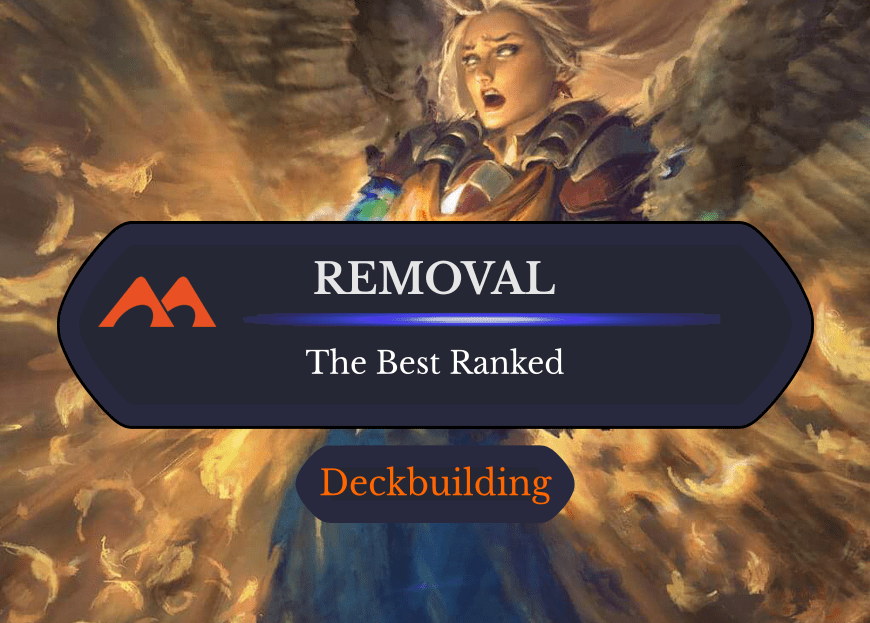
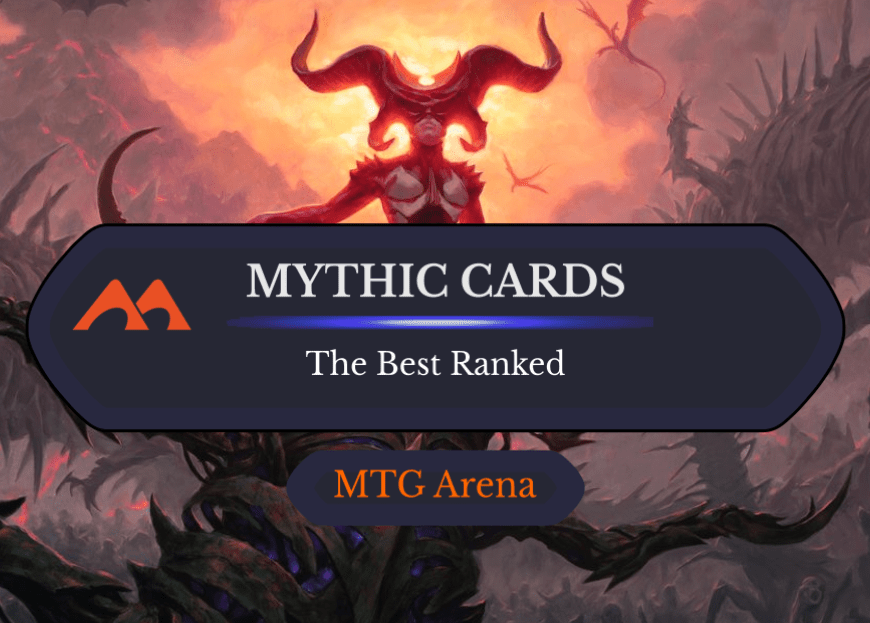
1 Comment
Currently having the most fun running auras archetype decks on MTGA, and this was a great read. It put into words exactly WHY it’s such a fun style of deck to play around with! Thanks.
Add Comment